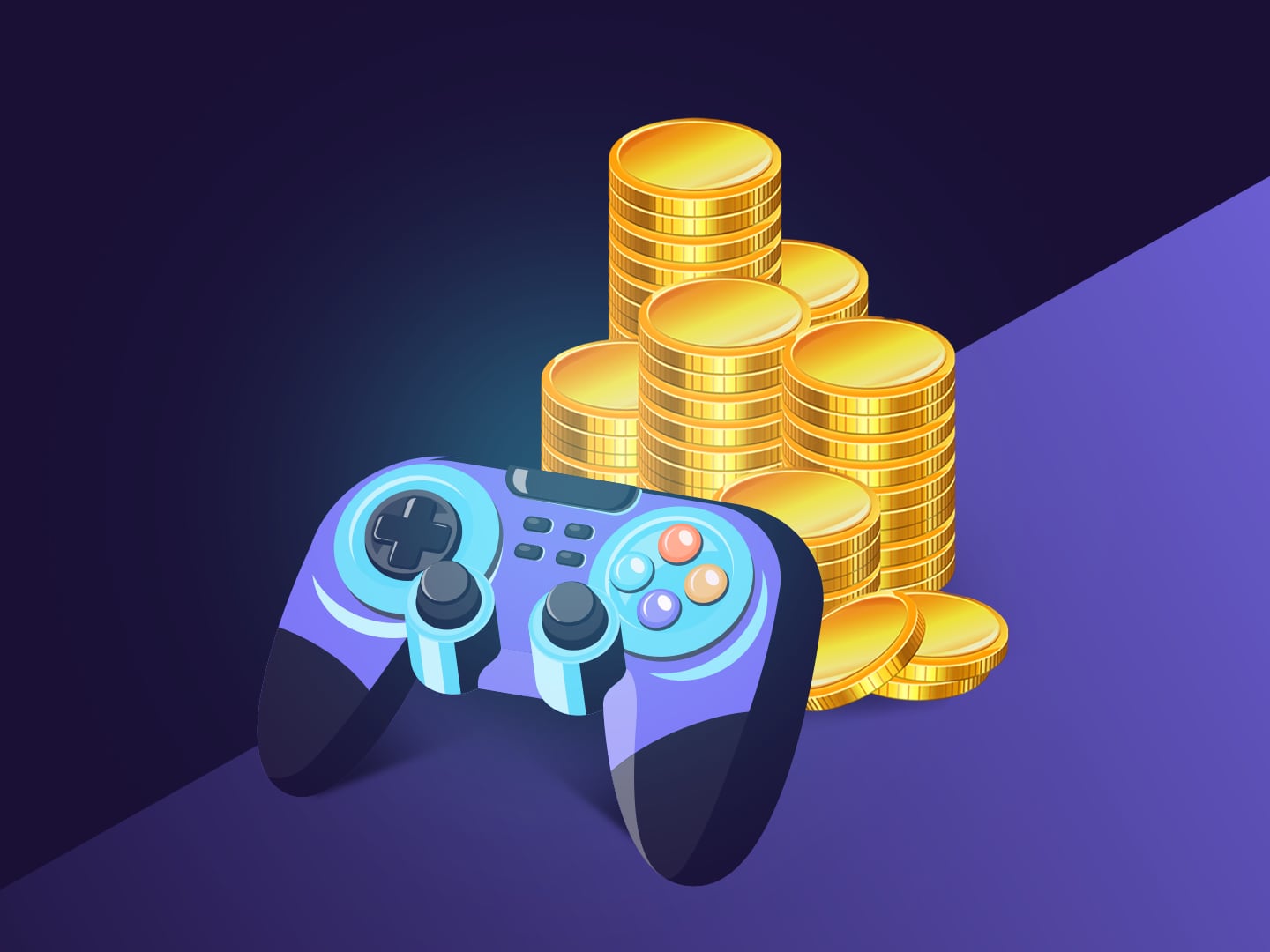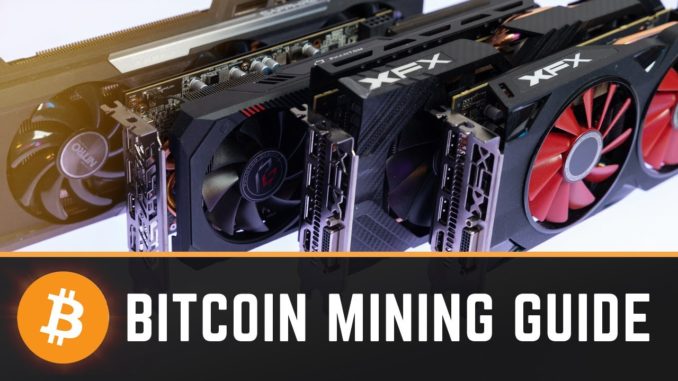
Once Vitalik Buterin’s trilemma is solved, what’s the blockchain space to do?
The trilemma, briefly, is that proof-of-work blockchains can make transactions secure, decentralized and scalable – as long as you pick only two out of three. This technological bottleneck, some would say, has held back crypto adoption more than any other single factor. While pioneering ecosystems like Bitcoin and Ethereum focused on security and decentralization, compared to legacy payment processors they moved at a crawl.
A dozen years later, though, proof-of-stake protocols have turbocharged blockchains. Still, proclaiming, “Hey, come over to crypto because we’ve gotten up to speed now!” isn’t going to entice the world’s Visa and PayPal users.
It just might work on Fortnite players, though. And trading card collectors. At least, that’s the impression one gets after visiting the website for the Worldwide Asset eXchange, or WAX. It’s the number two blockchain site globally, second only to Binance in terms of daily users.
On WAX, 15 million transactions per day are driven by gaming, hosting popular titles like Farmers World, Alien Worlds and R Planet. According to the ranking site CryptoSlam, WAX recently surpassed Solana and Flow to become the third-most popular non-fungible token (NFT) chain by sales volume.
That surge might be related to the user-friendly pricing structure. Financial speculators might shrug off fees because a) they can afford them and b) these fees are still lower than those charged by legacy institutions. But this doesn’t hold for gamers. So WAX charges no gas, gifting or minting fees.
Gaming the market
More people are into gaming than finance. So did early decentralized application (dapp) projects miss an opportunity? If so, why? And at what cost?
“Most blockchains could not even handle the volume of users for gaming,” says WAX co-founder William Quigley. “So early dapps did the right thing by focusing on products that cater to a small number of users that can produce massive dollar volumes. But now that more scalable blockchains, such as WAX, are available, it is finally possible to build dapps that cater to the mass market of gamers.”
This doesn’t mean gamification of blockchain technology will necessarily lead to broader adoption of other digital assets. But it could.
“We believe strongly that gaming is a good gateway to get people comfortable with the idea of adopting digital assets and blockchain technology into their daily lives,” Quigley says. “We see that with WAXP [WAX’s utility token] – a strong correlation between game NFT sales transaction activity and token trading volumes.”
Still, WAX’s main stock in trade isn’t pumping its own coin but promoting the NFTs and games built on its platform. And while NFTs are a breed apart from other digital assets – one WAXP is the same as all other WAXPs, one ether is the same as all other ETHs – there is a distinction to be parsed between cryptocurrencies and in-game currencies.
“With P2E [play-to-earn] games, you have essentially just decentralized and democratized the in-game economy,” according to Quigley. “So instead of buying items and currencies directly from the developer in traditional games, usually via in-app purchases, you now acquire those items and currencies in a peer-to-peer economy for use in the game. This drives pure, organic demand for the currencies and items for actual game use, which is something that is less common in crypto where there are few drivers of pure organic demand for actual use.”
WAXP can be used to acquire game items and game currencies, which can then be brought back into the games to continue gameplay.
“We can see a direct connection between WAX trading volume and specific sales of these items on WAX,” Quigley says. “That is not something seen very often in the blockchain ecosystem.”
Ready player next
The line between in-game and on-exchange currencies may be a little smudged but it’s far from blurred into irrelevance. This allows for some novel, unexpected ways in which gaming tokens might soon be used.
“Right now, gaming tokens are really in their infancy. The first couple of games to gain major traction with 100,000 or more daily players happened just about six months ago, and most games have been in operation for three months or less,” according to Quigley. “We are starting to see tokens being used by games for customer engagement, community development and other commercial or marketing efforts, and I’m certain we’ll see more sophisticated and novel uses in these areas in the future.”
At that point, WAX-hosted games like HodlGod, CryptomonKeys, Coin Pirates or the highly anticipated Blockchain Brawlers could provide a pathway from the gaming and NFT worlds into the cryptocurrency world. This would prepare a new generation of adopters to not only embrace trading tokens on exchanges, but also potentially use them to buy and sell products and services or store them in the kinds of neo-banks that decentralized finance (DeFi) makes feasible.
What might – or might not – be a consideration among the collecting and playing communities is how well blockchain-native NFT and gaming sites overcome the space’s initial reputation for being ecologically unsustainable.
Blocks on the WAX chain are not the result of a power-intensive proof-of-work protocol in which high-throughput mining servers compete. Rather, each is produced by a single computer via a delegated proof-of-stake algorithm. A WAXP transaction or a WAX-based in-game transaction takes less than 1/100,000 of the energy of an ETH transaction, or little more than the juice to power an ApplePay click.





